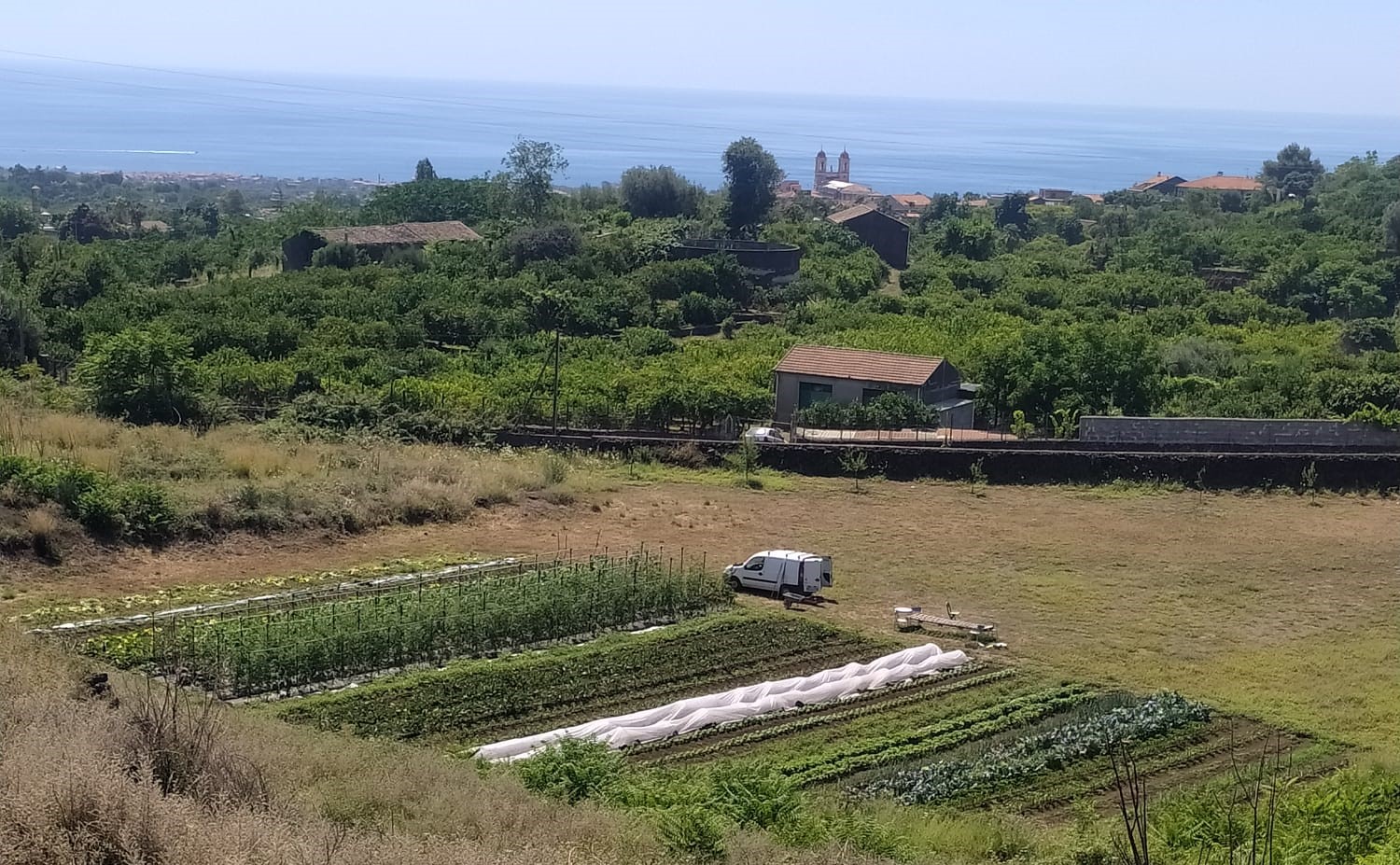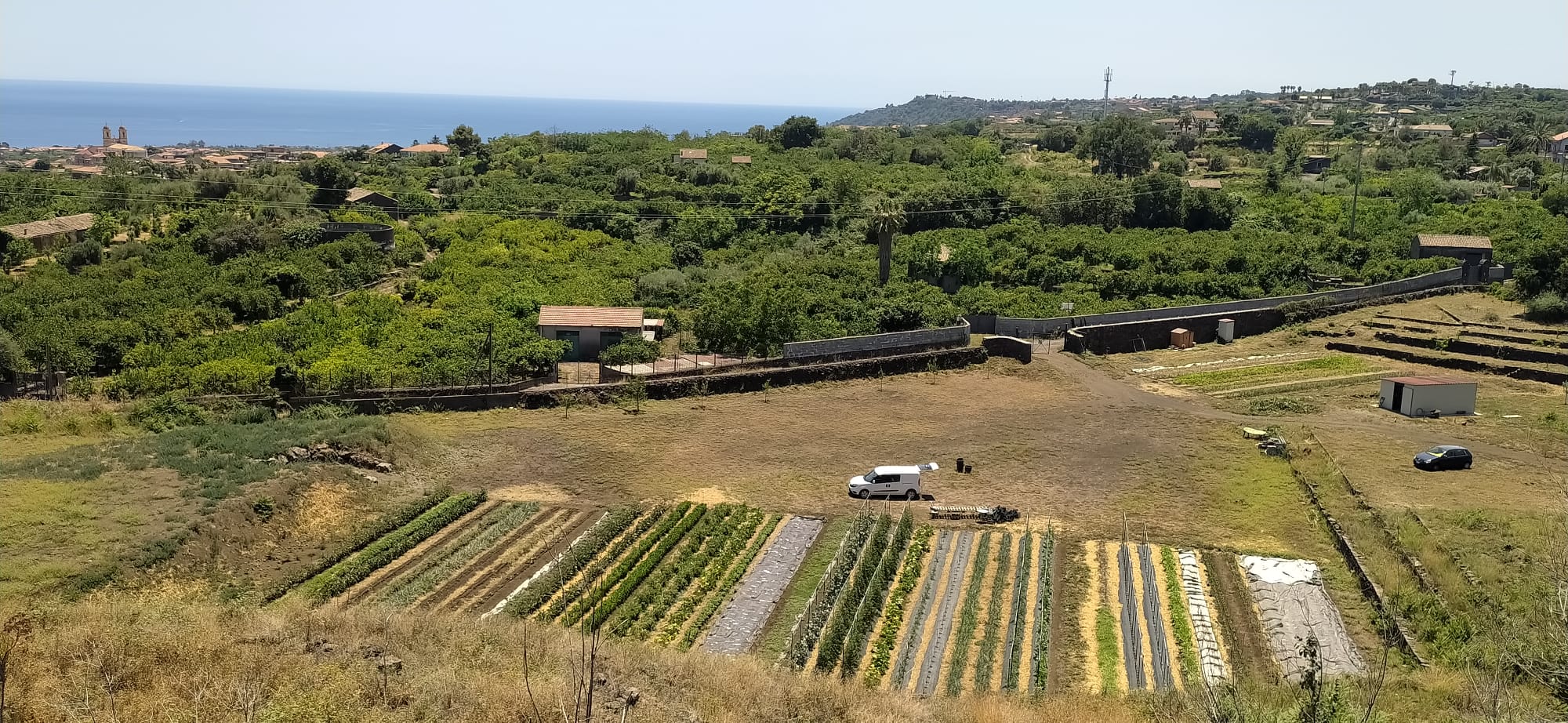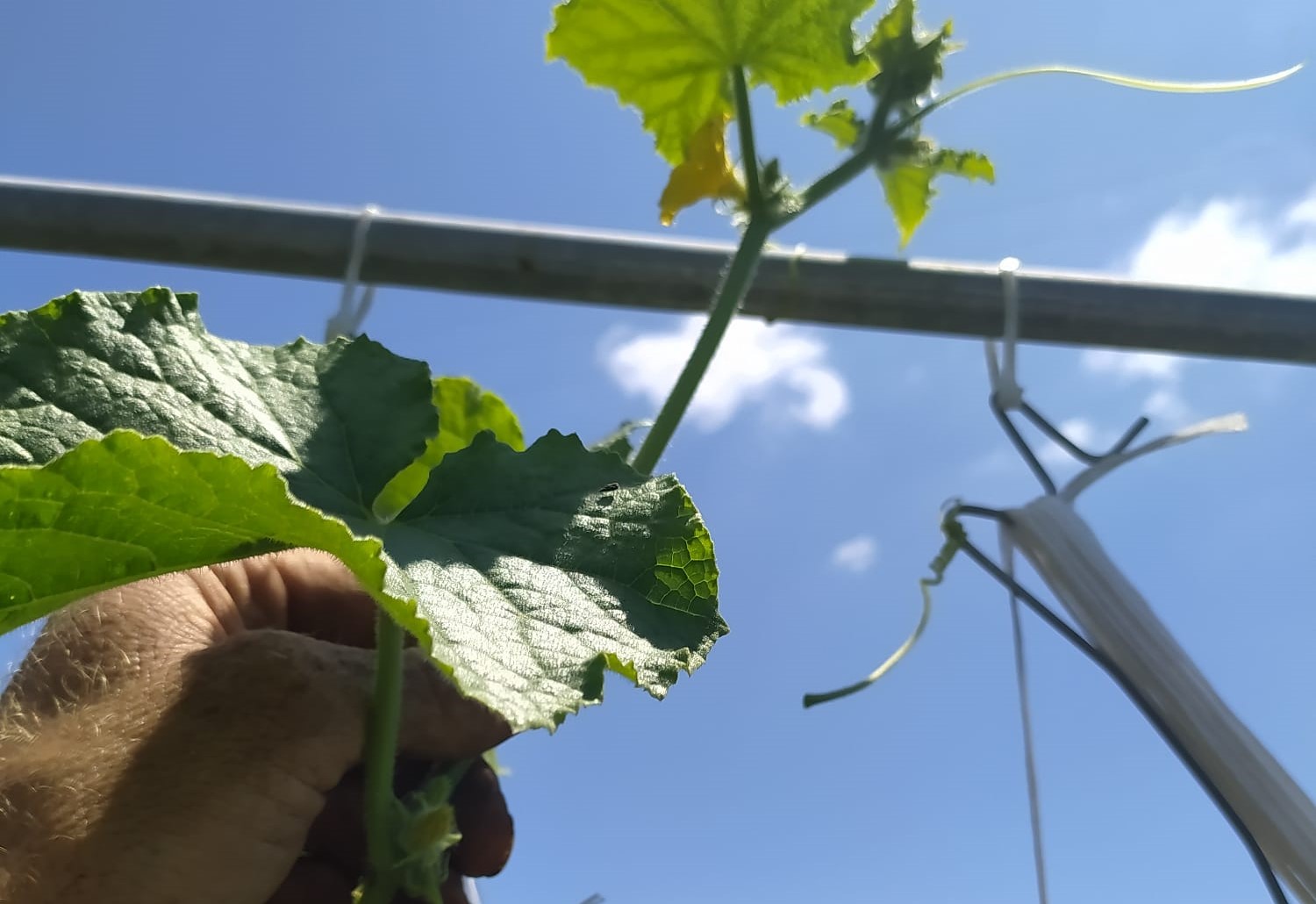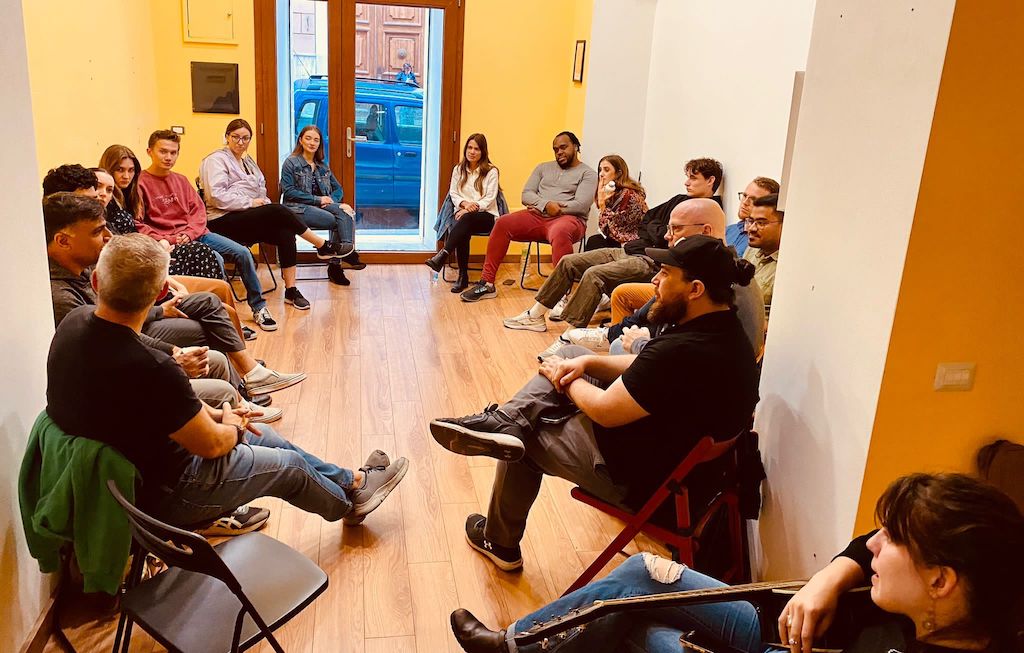Recently, we’ve had the opportunity to connect with pastors from several different countries who have been interested to learn more about how to teach the people in their churches how to share the Gospel, disciple those who believe, and start new churches. Below is the basic structure of the trainings that we’ve been using during the trainings.
We’ve done each of the sessions below over Zoom, sharing the screen and showing the slides that we link to for each session. In addition, now, we have started to use an electronic sketch pad to visually show the concepts for each tool. We have been using the One from Wacom, which you can buy several places online.
The Mission of God and a NoPlaceLeft Vision
In this first session, we read from the book of Genesis as God created man and woman, and then from the book of Matthew as Jesus gives the Great Commission, and then we ask whether God’s mission has changed or not.
From there, we quickly look at the three missionary trips of Apostle Paul and explain that he understood God’s mission and was gripped by it so much that he started churches from Jerusalem to Illycrium, such that there was no place that was left for him to work. How is this possible? What did he do?
We explain that he followed Jesus’s plan to expand the Kingdom of God and demonstrate the parable of the seed sower in Mark 4:26-29 using the illustration of the Four Fields. At the end, we ask that the trainees teach someone else this verse and teach them the Four Fields.
Here are the slides that I have used for this first vision session. That said, I have also started to experiment with using a whiteboard for some of the drawn illustrations, annotating an Evernote note, which you can see in this simple example of the Four Fields.
Field 1 – The Empty Field
In the second session, we review the Four Fields and use it as a structure to remind the trainees where we are in the training process. From there, we talk about who can enter into the empty field and we discuss the question of our Identity in Christ and who God says that we are from His Word.
From there, we read Mark 5:1-20 where Jesus heals the demoniac but then moves on while not allowing the man to continue with him as one of his disciples. Instead, he tells the man that he must return back to his own people to tell them what God has done for him and the mercy that God has had upon him.
So then we ask, who are “our people”? Just like the demoniac, we have those who are our people, our friends and our family, so we should also be sharing with them, telling them of the mercy God has had on each of us. At this point, we teach the Generation Map, helping the trainees to think about who are those around them that God wants them to share with. As we do this, we read also John 17:20, focusing on the fact that Jesus prayed for multiple generations of disciples and we must do the same. And to finish this section, we read John 6:44, recognizing that none of us will be able to convince someone else to follow Jesus. Instead, we must pray and ask God to draw people to come to Jesus, revealing to them who he is!
Finally, we read Luke 10:1-11, but we only focus on verses 1-3 where Jesus tells his disciples to pray for workers. We emphasize the fact that there are no churches, no pastors, and no missionaries at this time. Instead asking where the workers will come from that Jesus tells his disciples to pray for. The workers will come from the harvest! These houses where the disciples will stay… the people within them will become the workers!
At the end of this session, we give a two-part assignment to share the Identity lesson with someone else and to begin praying for the people on their Generation Maps, remembering always to pray for workers and generations of disciples, not just the individual people.
Here are the slides that we have used in presenting this lesson. You will see that some of the slides are hidden as we now typically do a live drawing on a whiteboard for the Identity tool, the Generation Map, and also demonstrating, at times, what is happening in Luke 10.
Field 2 – Sowing Gospel Seed
We typically do this session in two parts, taking two weeks to cover all of the material of the session. In the first part, we return back to Luke 10:1-11, reminding the trainees that we are not only looking for new believers, but we are praying and looking for workers. We want to find those that we can stay with, disciple, and send to also teach others.
From there, we teach them how we can share our testimony using the 15-Second Testimony, allowing them to practice during the training time and then sending them out to share their testimony with someone on their Generation Map and teach another person to share their testimony during the following week.
Here are the slides that we have used during this first part of the Field 2 session.
In the second part of this session, we return to the idea of sowing the Gospel seed, but this time, we teach a simple way to share the Gospel called the Three Circles. Each person has an opportunity to practice and share with someone else during the training.
From there, we finish the Field 2 session talking about the Red Light, Yellow Light, Green Light decision point to help us know what to do next after we have shared our Testimony, shared the Gospel, or both. By reading Acts 17:32-34, we can see the different types of responses and begin to think about what we should do next.
Finishing this part of the session, we ask the trainees to go and share the Three Circles and also teach someone else to share it as well. Here are the slides that we use to lead this second part of the session.
Field 3 – Reproducing Disciples
In the next session, we take steps forward toward creating communities of people who want to learn about or follow Jesus. We start by reviewing the Red Light, Yellow Light, Green Light tool and considering how we can know what to do next after we have shared the Gospel.
From there, we read the Great Commission again from Matthew 28:18-20, this time focusing on the fact that Jesus tells us to teach them to obey everything that he commanded us to do. Given that he just commanded his disciples to make disciples of all nations, we should then also make disciples who can make disciples! If that is the case, then we need to learn to make disciples in a way that is easily reproducible.
As a result, we teach the 3/3rds Group Bible study. We walk through each of the three steps in a 3/3rds Group along with each of the questions that you should ask as you lead a group study.
We also discuss the difference between the Yellow Light studies to discover who Jesus is and the Green Light Commands of Christ studies to learn how to follow Jesus. We show each of the sheets that we use as a reference.
In the following week, we then typically do a 3/3rds Group, leading the trainees through a study so that they have a sense of how the group works. We make sure to do all three parts of the 3/3rds Group, typically using a short scripture from Matthew 26:26-30 to illustrate the depth of the conversation that we can get into even by discussing just a few verses.
Here are the slides that we use for this session.
Field 4 – Reproducing Churches
In this session, we are assuming that the trainees understand that the groups that the churches that we want to start are already meeting as a group of new believers but that the group is beginning to mature and come to the point where they may be considering themselves a church. They are already meeting in 3/3rds Groups, as we taught in the last session, and now they are trying to decide at which point they should consider themselves to be a church.
So the primary question that we want to answer in this session is: What does a healthy church do?
To teach this session, we read Acts 2:36-47, walking the trainees through the scripture using the Church Circle tool. At this point, we are primarily using the online whiteboard to demonstrate this, similar to what you see in this example.
Of course, this is only an introduction to the development of a healthy church and there is much more to understand. We also recommend the Handy Guides to the healthy church:
- The Left Hand – Handy Guide for Starting a Church with a Man of Peace
- The Right Hand – Handy Guide to a Mature Church
Finally, we also go back and remind the trainees about using the Green Light Commands of Christ studies on a regular basis as the new churches start.
Here are the slides that we have used to date for this session.
Leadership Development and Getting Started
In the final session of these introductory online trainings, we introduce the concept of leadership development. Throughout each of the sessions, we have been using Mark 4:26-29 and the illustration of the Four Fields as the structure for the training, so at this point, we ask ourselves, where might have this man who entered the field come from in the first place?
If we want to replicate our discipleship and church planting efforts, we must make new leaders, new people who know how to do what we are doing. We believe that this is Biblical, so during the training, we look back to Matthew 28:18-20 at what Jesus said to do. With this, we use the illustration of Duckling Discipleship, a concept that we borrow from Zume Training. Then we go forward to 2 Timothy 2:2 to learn what the apostle Paul says, teaching multiple generations of leaders.
But the question remains… How can we make leaders who do what we do? To answer this, we use the Training Cycle for Maturing Disciples, also from Zume Training. We teach the trainees that their disciples must go with them to learn, but they must begin leading others soon and learning as they go.
Like the other sessions, this is only an introduction, so there are other tools that we often recommend such as ongoing Iron on Iron meetings and the Coaching Checklist (or also the 1-page version!) to help with the process of leadership development. And this all assumes that the leader is continuing to grow in his spiritual knowledge, faith, and obedience in Christ, all things that can and should be accounted for as you meet together with the new potential leader on a regular basis.
Finally, we spend time at the end of the training making recommendations on next steps for the trainees to begin to put this process into action within their church or their group.
Here are the slides that we have used for these trainings.
Contact Us
You are welcome to use any of the materials that you find in this post for any trainings that you may want to do. We would just love to know that you are using them! If you are, or if you have questions or are interested in learning more about using these materials and how to train these concepts, please get in touch with us!








